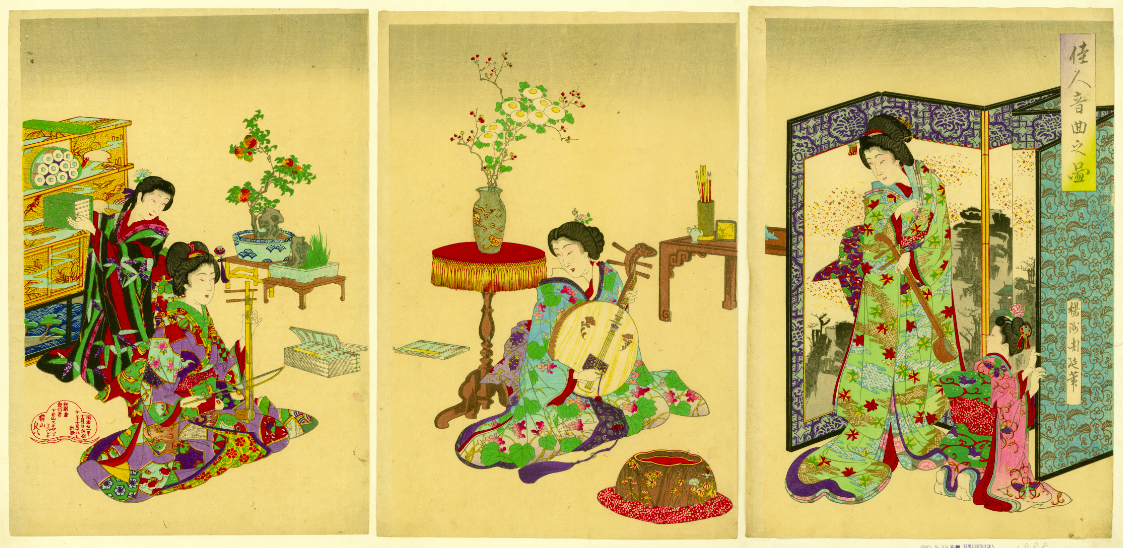

If you wish to appreciate Japanese books, it helps to have the ability to learn Japanese books. It helps, nevertheless it’s not 100 percent necessary: even for those who’ve never realized a single kanji character, you’ve probably marveled at one time or another on the aesthetics of Japan’s print culture. Possibly you’ve even executed so right here at Open Culture, the place we’ve previously featured archives of Japanese books going again to the seventeenth century, a collection of Japanese wave and ripple designs from 1980, a Japanese edition of Aesop’s Fables from 1925, and even a fantastical history of America from 1861 — all of which display a peakened design sensibility not as easily present in other lands.
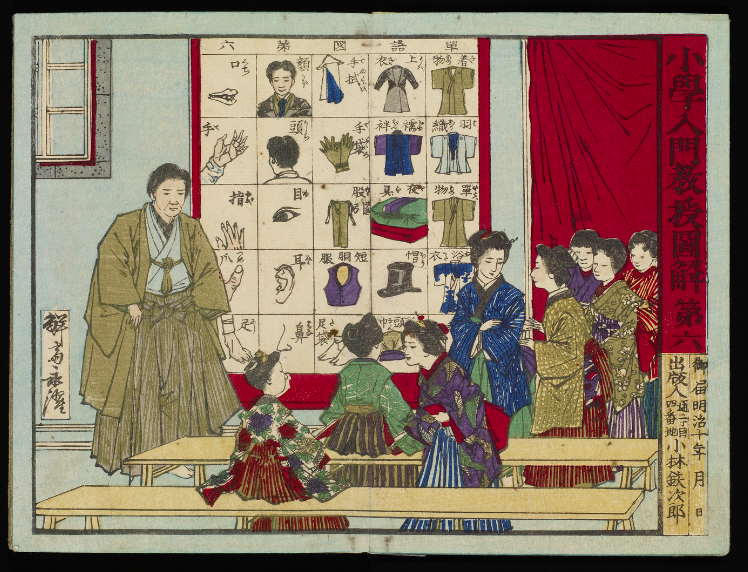

The identical even holds true for Japanese facultybooks and other educational materials, a digital archive of which you’ll be able to discover on the site of Japan’s National Institute for Educational Policy Analysis. “Ranging from brush painting guides to elemalestary learners to the geography of Koshi Province — now the Hokuriku area — hundreds of digital scans reveal what students had been be taughting in class greater than 100 years in the past,” writes Colossal’s Kate Mothes.
Certain publications, just like the epistolary 冨士野往来 (“Mount Fuji Comings and Goings”) from 1674, date again a lot further. However solely a couple of centuries later did Japanese books begin integrating the colorful artworkwork that also seems so vivid to us in the present day. You’ll discover particularly wealthy examinationples of such books within the sections of the archive dedicated to educational pictures, wall charts, and sugoroku, a type of traditional board recreation.
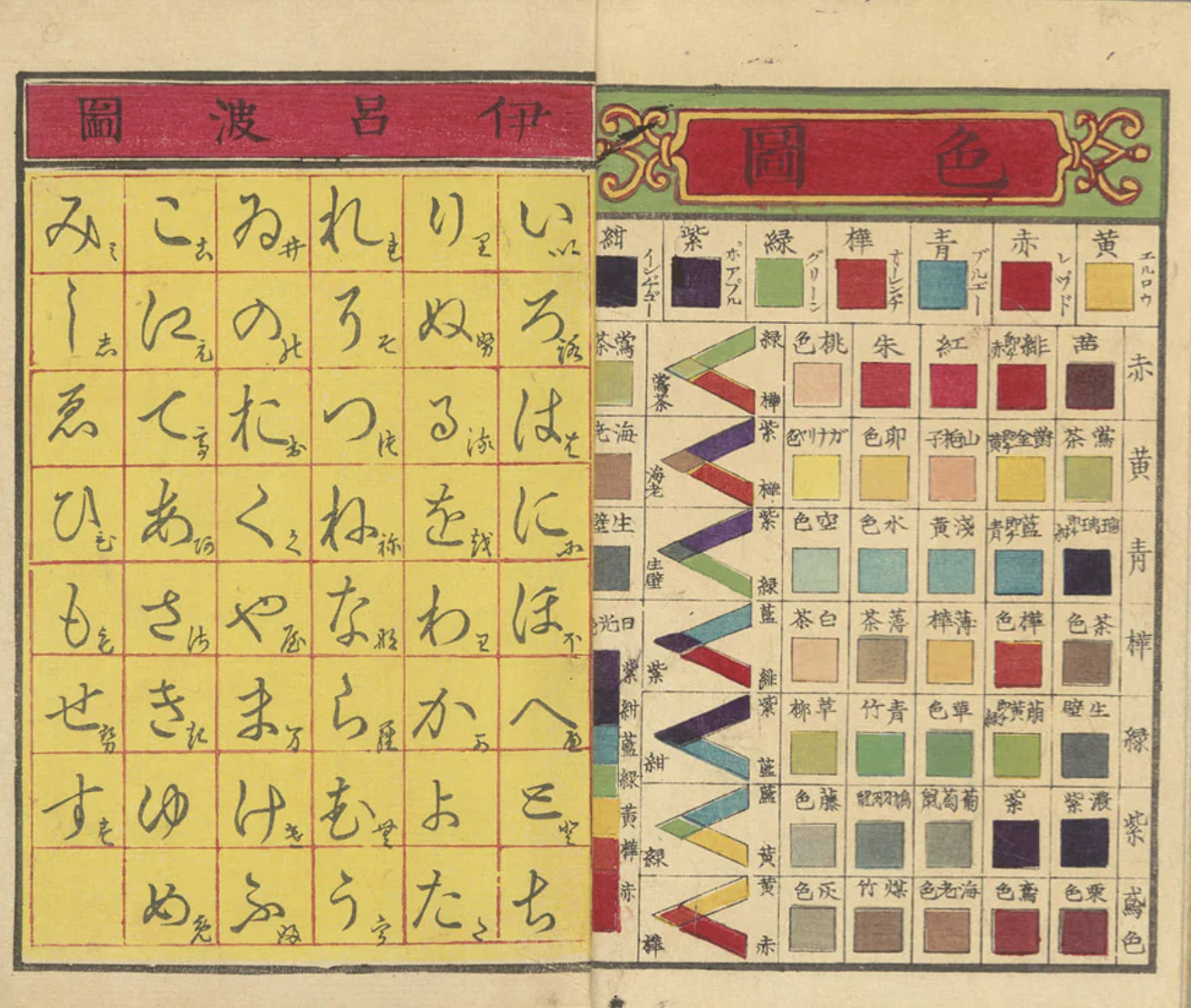

Originally professionalduced, for probably the most half, within the mid-to-late 9teenth century (although with some gadgets as current because the time of World Warfare II), these professionalvide a have a look at the worldview that Japan predespatcheded to its younger students during a period when, not lengthy emerged from greater than 200 years of deliberate isolation, the counattempt was taking in foreign influence — and especially Western influence — at a breakneck tempo.
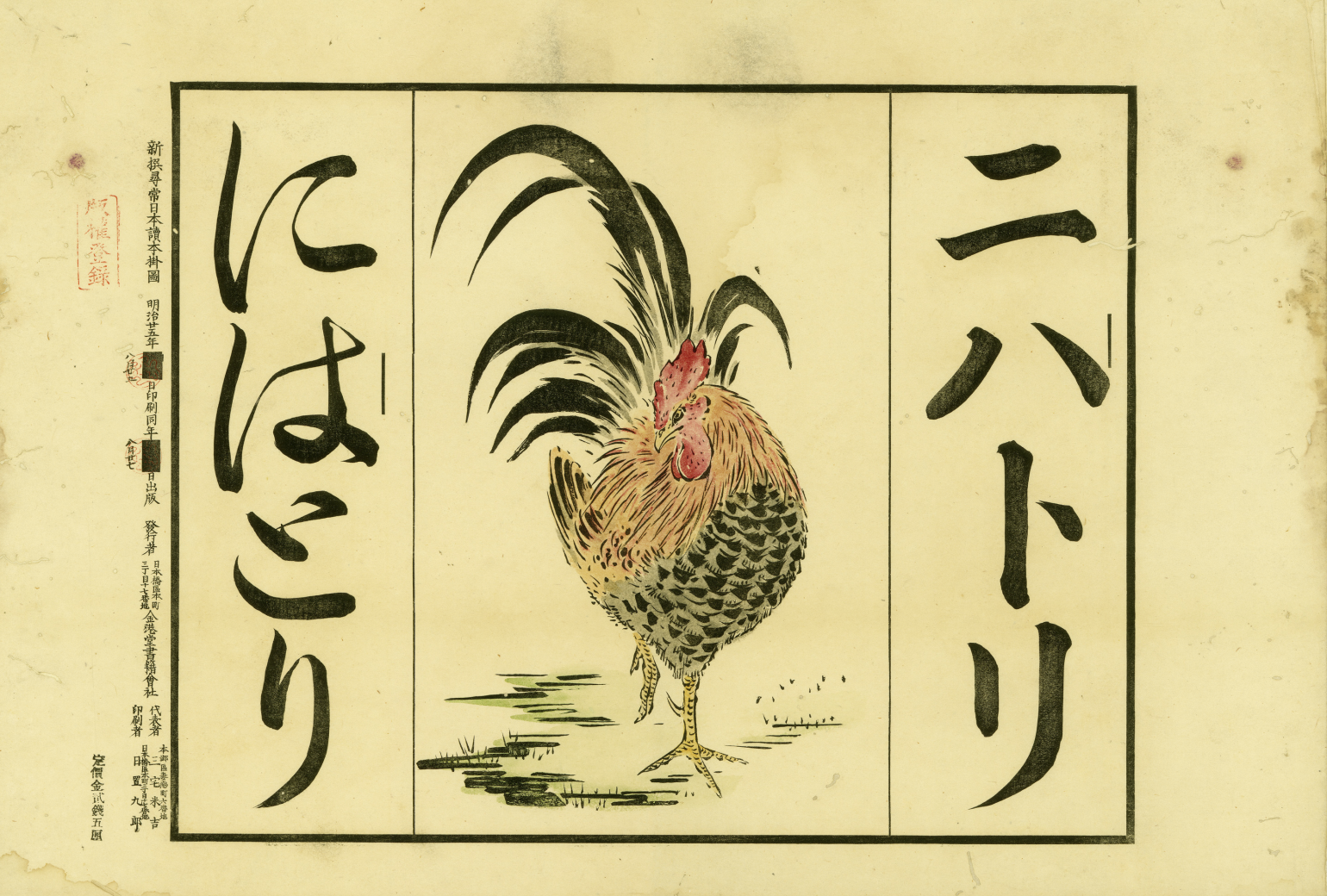

However regardless of a variety of professionalposed dramatic language reforms (which might later embody the entiresale adoption of English), Japan would continue nearly exclusively to talk and browse Japanese. If you happen to’re interested in be taughting it yourself, the learning materials on this archive will certainly work as properly for you as they did for the students of the eighteen-nineties. And even for those who’re not, they’re nonetheless timemuch less object classes in educational illustration and design. Enter the collection right here.
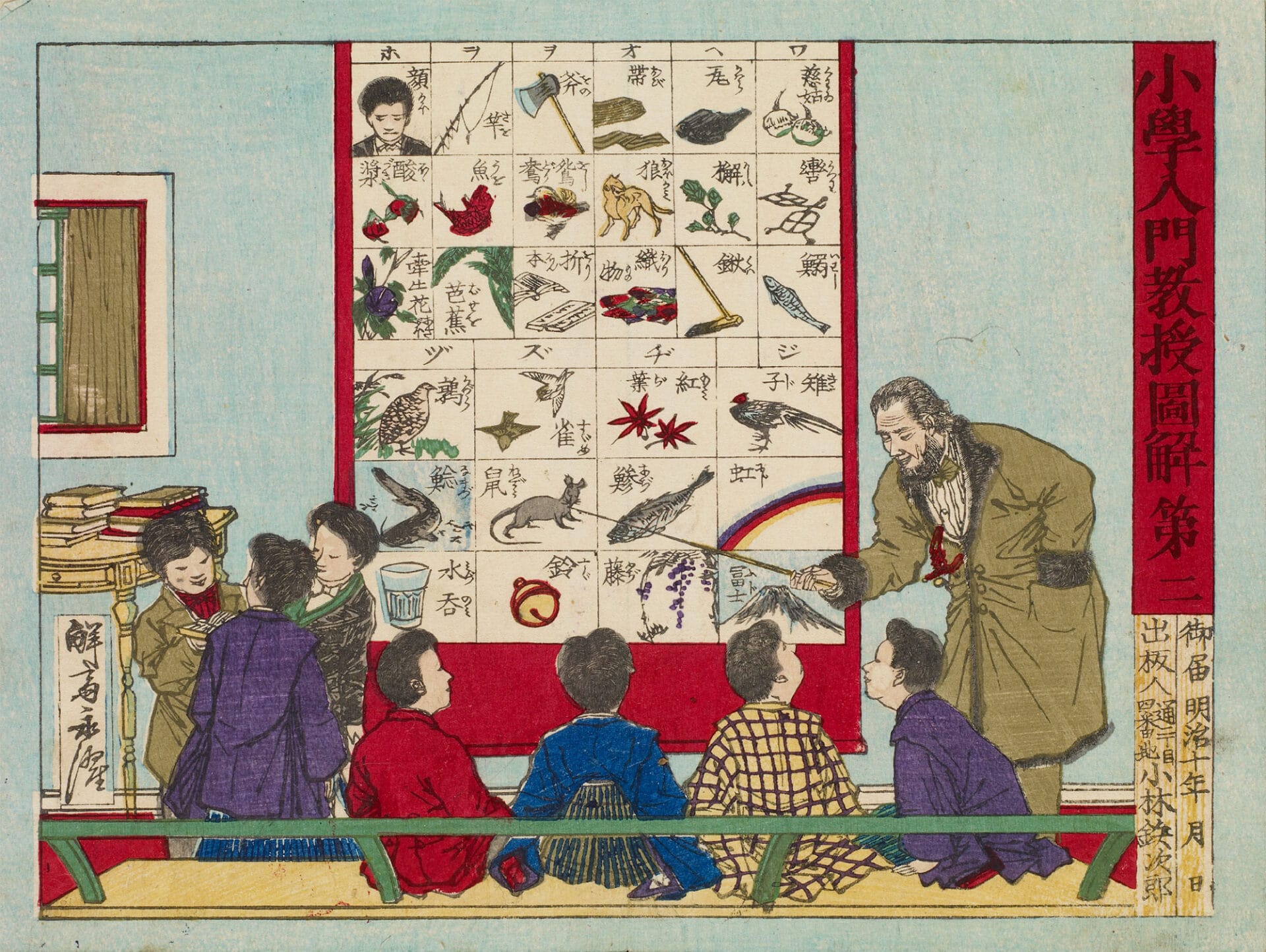

by way of Colossal/Current & Correct
Related content:
Based mostly in Seoul, Colin Marshall writes and broadcasts on cities, language, and culture. His initiatives embody the Substack newsletter Books on Cities, the e-book The Statemuch less Metropolis: a Stroll by way of Twenty first-Century Los Angeles and the video collection The Metropolis in Cinema. Follow him on Twitter at @colinmarshall or on Facee-book.
